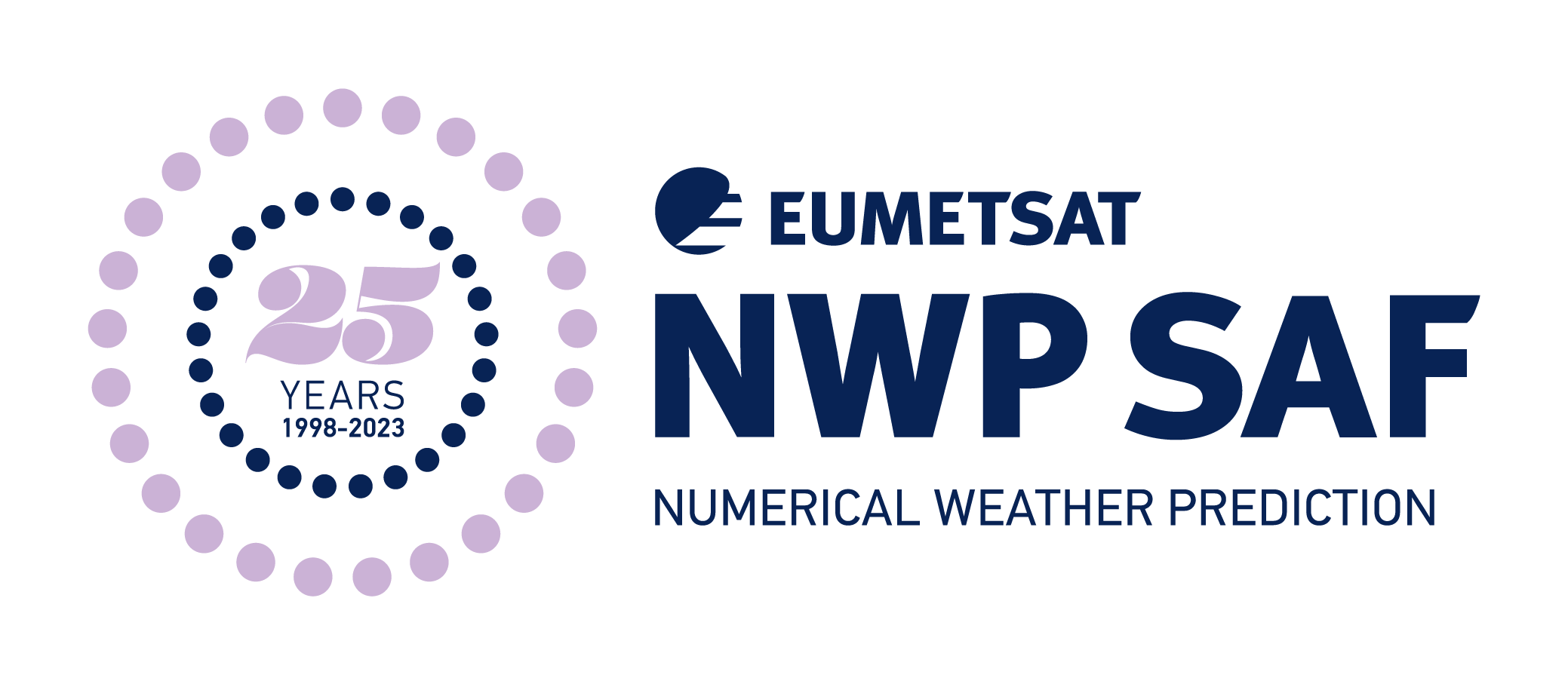Satellite Application Facility for Numerical Weather Prediction › Forums › RTTOV › Older Versions › RTTOV v13 › RTTOV v13 General Discussion › Question about profile data
- This topic has 4 replies, 3 voices, and was last updated 2 years, 2 months ago by
 Nahidul Samrat.
Nahidul Samrat.
-
AuthorPosts
-
November 16, 2022 at 7:31 am #48262
 zhu yunyangParticipant
zhu yunyangParticipantWhere can I find the detailed introduction about RTTOV’s own profile data set? Like the location and time of profile generation, which organization released it?
user/local/rttov13/rttov_test/profile datas/aer50lev_co2o3,div52,standard 101 lev_allgas and so on
Thank you very much.
Looking forward to your reply.November 16, 2022 at 9:45 am #48265 James HockingKeymaster
James HockingKeymasterHi,
The profile data included in the RTTOV package were generated by the development team and are intended first and foremost for testing the code. Most of the profiles are based on the AFGL standard atmospheres (6 profiles in total, Anderson et al 1986). However, the surface variables (skin T, 2m p, T, q, 10m wind, etc) and other values (date, time, zenith and azimuth angles, cloud top height and pressure for the RTTOV simple cloud scheme, etc) have been specifically altered in order to provide maximal coverage of the code for testing purposes and bear no relation to the original profiles.
The additional cloud and aerosol profiles are artificially generated for testing purposes and do not correspond to any particular scenario.
There are two diverse profile datasets “div52” and “div83”. The former is the old profile set used for training RTTOV gas absorption coefficients many years ago, and the latter are the current training profiles.
There are a few other profile sets such as those used for testing Zeeman coefficient files, and again these have been artificially generated for testing purposes.
I would recommend the NWP SAF diverse profile datasets as valuable sources of profile data for many types of study.
Best wishes,
JamesAnderson, G.P., J.H. Chetwynd. S.A. Clough. E.P. Shettle. F.X. Kneizys, 1986: AFGL Atmospheric Constituent Profiles (0-120km). Air Force Geophysics Laboratory report AFGL-TR-86-0110.
April 14, 2023 at 7:04 am #48494 Nahidul SamratParticipant
Nahidul SamratParticipantHi James,
I am using the NWP-SAF profile (5000 profile) for my application; I think I need to make this profile in a proper structure for RTTOV cause I face an issue when I input this profile in the current NWP-SAF format. I wonder if there is any conversion script to convert these profiles into RTTOV supported format. Thanks
April 14, 2023 at 2:05 pm #48496 James HockingKeymaster
James HockingKeymasterHi Nahidul,
RTTOV doesn’t have a defined input format as it does not read files directly: you need to read the profile data you want to use in your code that calls RTTOV.
Depending on your application you might consider using the NWP SAF Radiance Simulator which lets you run many types of RTTOV simulation without writing any code, and it can ingest the NWP SAF diverse profile datasets directly.
Alternatively, if you like Python, and again depending on your application, you could use pyrttov (the Python interface to RTTOV) which could make it relatively easy to write code to read the NWP SAF profile dataset files and run RTTOV on them.
If you are using the standard RTTOV Fortran interface, you could use/adapt the Fortran code supplied with the NWP SAF profile datasets to read the files.
For info (in case you were thinking of it), I do not recommend using the RTTOV test suite to run RTTOV for any application other than testing the code, so I do not recommend trying to get the NWP SAF profiles into the test suite input format.
Best wishes,
JamesApril 17, 2023 at 2:51 am #48497 Nahidul SamratParticipant
Nahidul SamratParticipantHi James,
Thank you so much for your response and suggestions. I used RadSim to produce Jacobian using NWP diverse profile; it works fine. But I don’t think it can produce Jacobian when used RTTOV-SCATT. I will probably use pyrttov to produce Jacobian when using RTTOV-SCATT. Thanks.Kind Regards
Nahidul -
AuthorPosts
- You must be logged in to reply to this topic.
